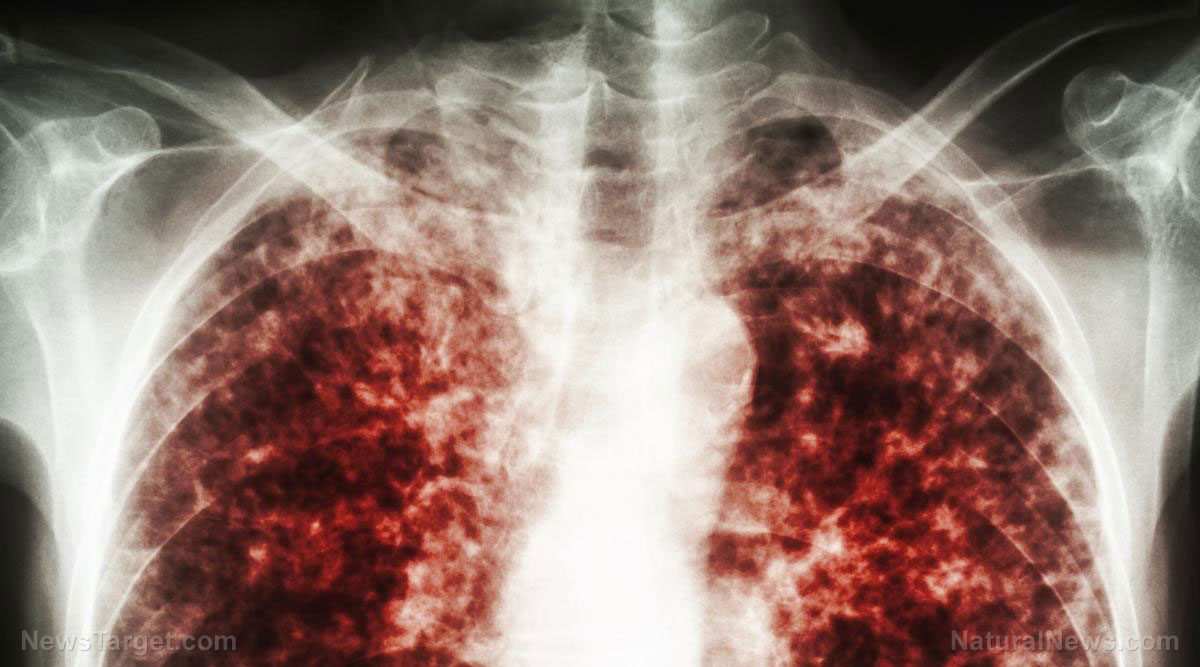
Blue light exposure triggers early puberty in rats
Presented at the 61st Annual European Society for Pediatric Endocrinology Meeting in The Hague, a Turkish research team from the Ankara Bilkent City Hospital and Gazi University found that exposure to blue light and the duration of exposure led to early puberty in male rats. For the study, researchers gathered 18 male rats aged 21 days old. The rodents were split into three groups of six, with one group exposed to normal light while the other two groups were exposed to either six or 12 hours of blue light each day. The researchers found that the longer the rats were exposed to blue light, the earlier their puberty started. Blue light exposure suppressed spermatogenesis (sperm cell production) and caused marked vasodilation or widening of blood vessels in the interstitial area of the testicles. It also disrupted the integrity of the basement membrane in that area. These findings intensified with increasing exposure time. "For the first time, we found a direct relationship between blue light exposure and early puberty in male rats," said lead researcher Dr. Aylin Kilinc Ugurlu from Ankara Bikent City Hospital. "Our findings align with our previous work on female rats, which also showed similar effects, thereby providing a more comprehensive view of how blue light may influence puberty in both male and female rats." In that previous study, the researchers split the female rodents into three groups of six: One group was exposed to normal light while the other two groups were exposed to either six or 12 hours of blue light each day. The researchers found signs consistent with early onset puberty among female rats in the groups exposed to blue light. These included physical changes within the rat's ovarian tissue. Elevated levels of estradiol – an estrogen steroid hormone and the major female sex hormone – and luteinizing hormones that trigger important processes in reproduction were also noted. "I want to emphasize that this is a rat study and direct results cannot be interpreted for humans. However, we provide an experimental foundation to further investigate the health consequences of ever-increasing screen time in modern society," Ugurlu said. (Related: Digital media adversely affects children and adolescents twice as much as adults because their brain and eyes are still developing, according to a review of several studies.) The researchers also found lower levels of melatonin – the hormone that plays a role in sleep – in both the male and female rats exposed to blue light. The team noted that the Wuhan coronavirus disease (COVID-19) school closures, stay-at-home directives and lockdowns may have increased the rate of precocious puberty globally as millions of children spent long hours each day staring at TV screens and other digital media. Early puberty has been linked to higher rates of depression and anxiety throughout life, as well as breast and uterine cancer. The researchers will next focus on assessing the impact of blue light exposure before puberty in adult rats. "We aim to expose both male and female rats to blue light before puberty and understand its long-term effects on reproductive organ damage and fertility," Ugurlu added. Ultimately, this research could lead to preventative measures and contribute to the ongoing discourse on how modern lifestyles affect physiological development and long-term health.Tips to reduce children's blue light exposure
The 3-6-9-12 rule. Dr. Serge Tisseon, a French psychoanalyst and psychiatrist, founded the 3-6-9-12 association and the rule of the same name, which aims to protect children from the dangers of too much screen time and to teach them to guide and protect themselves. The rule entails that:- Before 3 years old – no television
- Before 6 years old – no game console
- Before 9 years old – no internet
- Before 12 years old – no internet alone
More related stories:
Blue light exposure linked to increased risk of early onset puberty and future fertility issues. Blue light found to accelerate aging and damage retinal cells. Screen time found to have direct impact on speech delays in babies, reveals new research. Excessive exposure to blue light can accelerate the aging process, experts warn. Sources include: NYPost.com MedicalXpress.com FrontiersIn.org DailyMail.co.uk Nooz-optics.com Brighteon.comNYC sees a surge in TUBERCULOSIS cases amid influx of migrants and pandemic fatigue
By Olivia Cook // Share
CDC data reveals SURGE in OBESITY rates in the U.S., with some states reaching alarming levels
By Olivia Cook // Share
At least 1000 killed, 1,590 injured so far in Hamas terror attacks on Israel
By Ethan Huff // Share
An invisible assault: How everyday heavy metals sabotage brain health
By willowt // Share
Pentagon warns of China's rapidly expanding nuclear arsenal
By kevinhughes // Share
FCC grounds new Chinese drones in sweeping security move
By avagrace // Share
The methylation switch: Scientists identify diet that can turn back the cellular clock
By jacobthomas // Share
Renaissance or Ruin: A wake-up call for cultural revival and self-sufficiency
By kevinhughes // Share
Weight loss in midlife may trigger brain inflammation, study finds
By avagrace // Share











